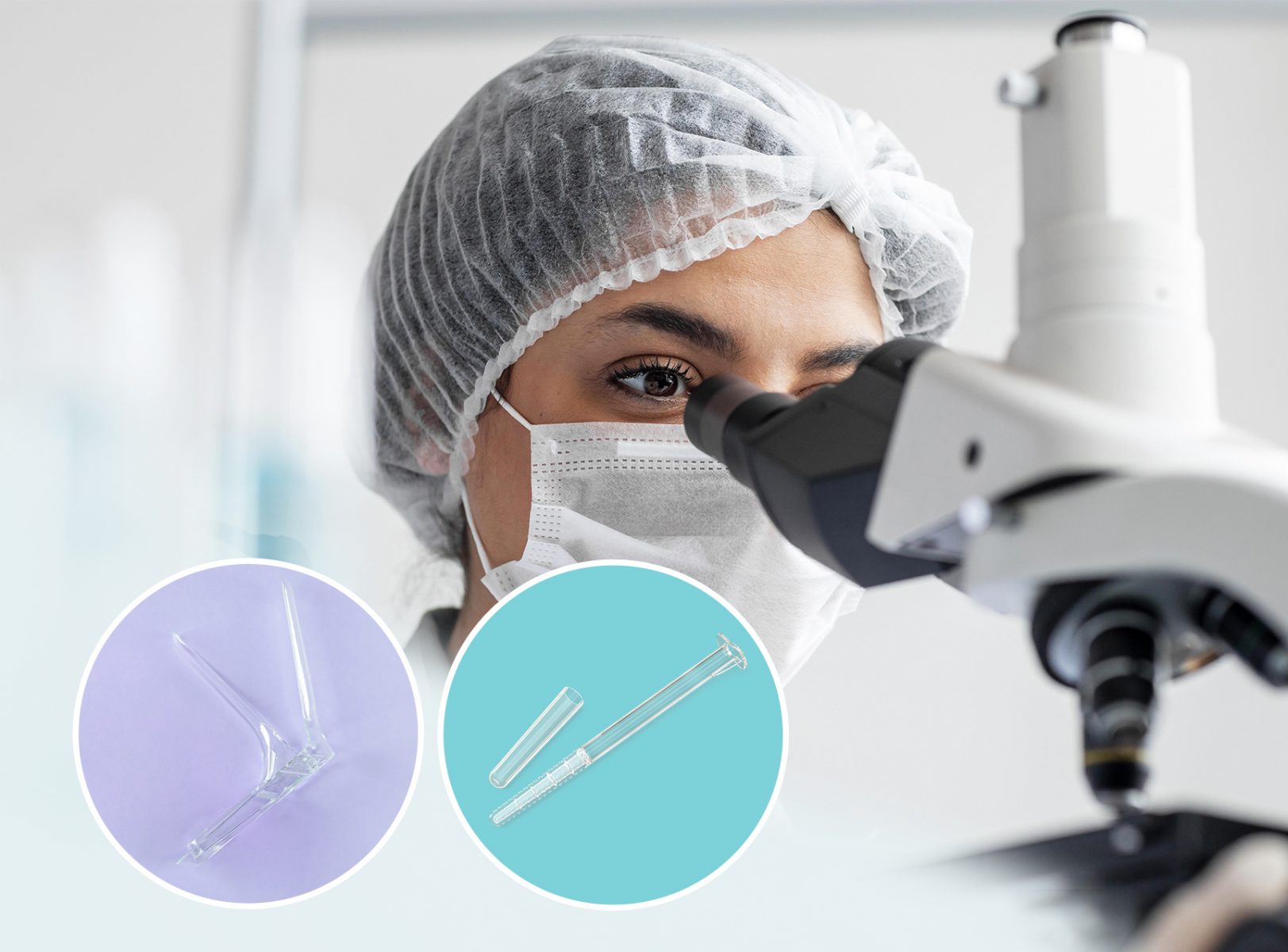C. E. Aranda Flores , G. Gomez Gutierrez, J. M. Ortiz Leon, D. Cruz Rodriguez and S. W. Sørbye
Abstract
Background: HPV self-sampling has been widely supported by the scientific community following a strong body of literature on the subject. Self-sampling is important in cervical cancer screening as it has been shown to improve participation. It is well documented that HPV-testing has proven superior to cytology with regards to sensitivity in detection of CIN and cancer. The value of self-collected samples is reliant on the quality of the molecular testing performed, as well as the patients’ preference in sampling procedure and compliance to follow up on positive test results. Due to the incompatibility of self-samples and cytology, triage of HPV-DNA positives by testing for molecular biomarkers is highly warranted.
Methods: Our objective was to compare the detection rate of genital Human Papillomavirus (HPV) infection in selfand clinician-collected samples by a 14-type HPV-DNA test and a 7-type mRNA E6/E7 test.
Results: Five hundred five women were recruited. Each study participant had two sample collection procedures performed upon the same visit, alternating order in execution of the self-collection or the clinician-taken procedure first or second, 1010 samples in total. HPV-DNA prevalence was 22.8% in self-collected versus 19.2% in cliniciancollected samples (P = 0.19). Overexpression of mRNA E6/E7 from 7 HPV types was 7.1 and 6.3%, respectively (P = 0.71). The difference between HPV-DNA and HPV-mRNA positivity rates were statistically significant in both selfcollected (22.8% versus 7.1%, P < 0.001) and clinician-collected samples (19.2% versus 6.3%, P < 0.001). Overall agreement between the two collection methods was fair, with a concordance rate of 78.2% (390/505), k = 0.34 (95% CI: 0.25–0.44), P < 0.001, for the HPV-DNA test and 92.5% (467/505), k = 0.40 (95% CI, 0.25–0.56), P < 0.001, for the mRNA test, respectively. 96.8% of the participants reported they felt confident carrying out the self-collection themselves, and 88.8% reported no discomfort at all performing the procedure.
Conclusions: This comparative study of two sampling methods reports fair agreement of HPV positivity rates between the self-collected and clinician-collected specimens using Abbott hrHPV and PreTect HPV-Proofer’7 tests.
Only one third of HPV-DNA positive women had overexpression of mRNA E6/E7.
Trial registration: ISRCTN77337300.

